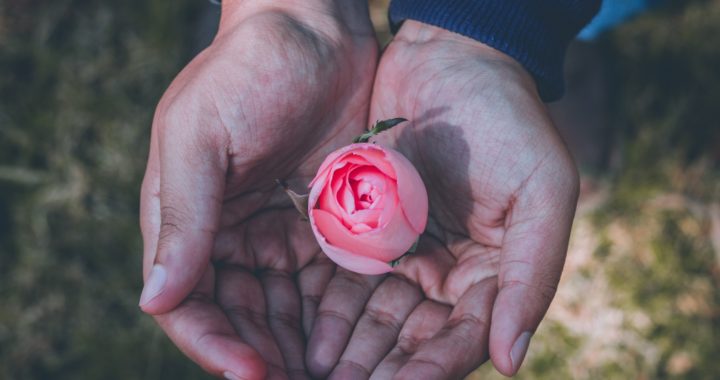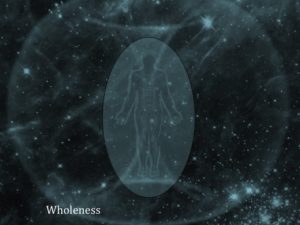

9 Comments
Leave a Reply
You must be logged in to post a comment.

 As little children we learn to become increasingly independent at doing whatever needs doing in our lives. We learn to eat without being fed, to dress and wash ourselves on our own, and to cross the street, get to school, go to work, etc. without assistance. Each accomplishment boosts our sense of ourselves a bit more. We can feel increasingly secure in our abilities to negotiate the world. Those who are differently-abled due to illness, accidents, trauma, conditions they were born with, or more mysterious causes, often face stigma, judgment or a sense of being a burden because they are less independent than the general standard.
As little children we learn to become increasingly independent at doing whatever needs doing in our lives. We learn to eat without being fed, to dress and wash ourselves on our own, and to cross the street, get to school, go to work, etc. without assistance. Each accomplishment boosts our sense of ourselves a bit more. We can feel increasingly secure in our abilities to negotiate the world. Those who are differently-abled due to illness, accidents, trauma, conditions they were born with, or more mysterious causes, often face stigma, judgment or a sense of being a burden because they are less independent than the general standard.

You must be logged in to post a comment.
Thank you Cherionna!! A joyful reminder of the simplicity and ease of presence. Stillness to stillness.
Thank you for receiving the reminder. I think we all need them from time to time!
My favorite quote: “It is important to understand that Craniosacral Biodynamics is a highly relational practice. Some students are so focused on not doing that they disappear into non-relational states of blissful dissociation. The client is then on their own with disembodied hands on their body! This does not support deep healing and may even be activating.” I love how you bring the relational piece to the forefront, Cherionna!
Thanks Penny for your comment. I do feel the relational piece is so important in our work!
Beautifully expressed and so enlightening for the student that i am. Thanks so much for the clarity with which you describe the process.
dearest Cherionna, what a great gift how you put all this!
it is of course not new to me but somehow you find a tone of refreshment !
love you for it,
love you anyway..
thank you and see you in april,
all the best x
Mieke
Thankyou Cherionna for your depth of sharing, and for the great value and importance of Relational field, and trusting the person’s own being.
With loving kindness.
Fran xx
Thanks, Mieke, for receiving the gift!
Thanks, Annie, So glad this is enlightening for you!